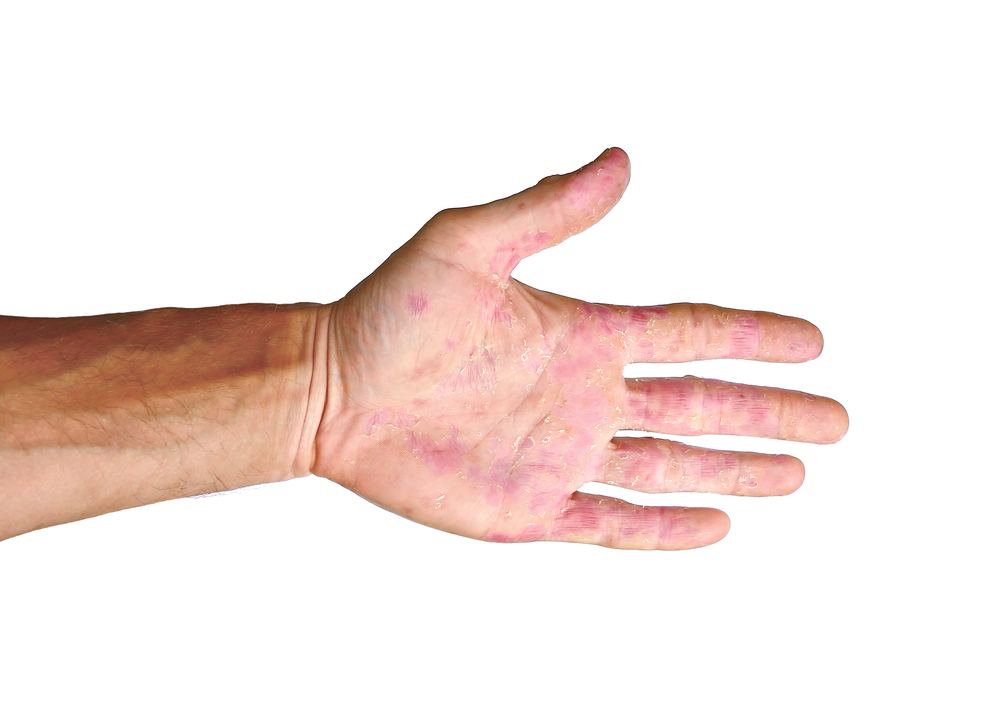Both Fingertip and Extensor Scleroderma Digital Ulcers Show Improved Blood Flow After Vessel Dilation
Written by |

Blood vessel-dilating treatments increase blood flow equally well in digital ulcers on fingertips and in extensor surface ulcers, which occur on the opposite side of joints. This shows that a lack of blood supply — and therefore oxygen to the tissue — cause both types of ulcers in scleroderma patients.
Researchers have long argued that extensor surface digital ulcers are caused by mechanical factors or trauma to the microscopic vessels, rather than a lack of oxygen, as is the case with fingertip ulcers. These findings may lead scientists to stop excluding extensor ulcers from clinical trials, and physicians to consider blood vessel dilating treatments also for patients with this type of ulcer.
The study, “Reduced perfusion in systemic sclerosis digital ulcers (both fingertip and extensor) can be increased by topical application of glyceryl trinitrate,” appeared in the journal Microvascular Research.
To explore whether extensor surface ulcers were really caused by mechanisms not related to a lack of blood perfusion, researchers at Britain’s University of Manchester recruited 16 scleroderma patients — 13 women and three men — with digital ulcers. Researchers evaluated a total of six fingertip and eight extensor ulcers and randomized participants to receive either a blood vessel dilating ointment (glyceryl trinitrate) or a placebo ointment.
Using a laser technique, they measured blood perfusion at the center and the periphery of each ulcer, before and at regular time point, up to 90 minutes after applying ointment.
The groups were then switched, so that those who had received the vessel-dilating drug received placebo, and vice versa, one day later.
Analyses showed that the dilating ointment increased blood perfusion at the center of the ulcers — an area considered most severely affected. But the treatment did not only improve blood flow in fingertip ulcers; the extensor ulcers had an equally large increase in blood flow, demonstrating that ischemia — a lack of oxygen — indeed contributes to their development.
If the microscopic blood vessels had been damaged, as earlier research suggested, dilation of the vessels would have barely helped to improve flow. In addition, measurements showed that the area surrounding an ulcer also had insufficient oxygen levels.
Researchers urged future studies to focus on all types of ulcers when studying the impact of a lack of blood flow and ischemia.





